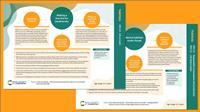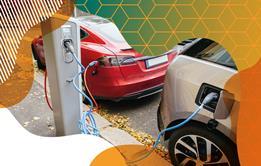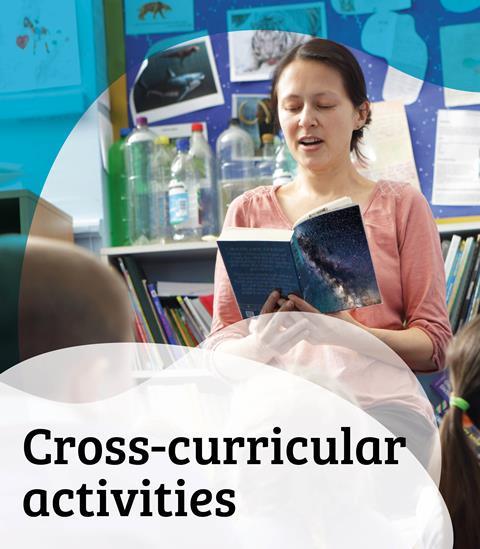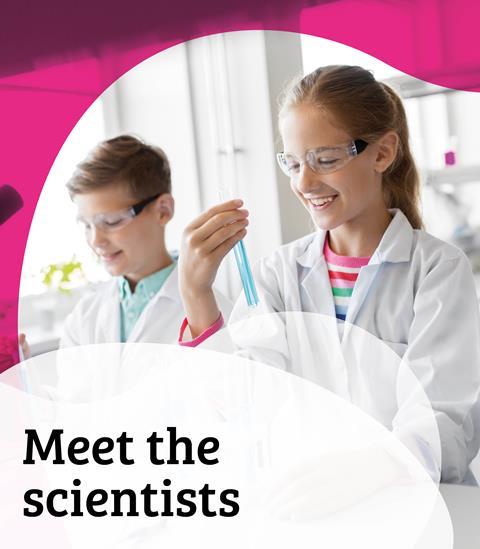Use pollinator-friendly habitats and protecting marine habitats as contexts for teaching about living things
This resource is also available in Welsh and Irish
Get the Welsh language version.
Get the Irish language version.
How can we encourage bee populations to grow? How can we protect our oceans? This topic web contains sustainability context ideas and classroom activity suggestions for teaching about living things and their habitats to 4–7 year olds. Explore what type of plants attract pollinating insects, or research the ideal habitat for sea turtles and what threats they face.
Each web explains the background science, describes how scientists are working in this field, and suggests ways to explore this in the classroom.
How to use this topic web
This resource is part of our Sustainability contexts for primary science teaching series. The series features a total of 20 topic webs designed to help you link your existing curriculum teaching to sustainability issues.
Find out more about how to use this topic web in your teaching.
-

Download this resource
Get both topic webs on biodiversity and habitats for 4–7 years, with tips and suggested activities to use in the classroom.
Topic web 1: Making a bee line for biodiversity
What’s the science?
Biodiversity is the library of life: the animals and plants that live around us. With better biodiversity, we have more species and a more stable climate. Pollinators, like bees and butterflies, help us to grow food and are a key element of biodiversity. Unfortunately, their habitats are under threat from new building developments and farmland. Creating new habitats can help to encourage more pollinators into our local area, helping biodiversity to thrive.
What are scientists doing about it?
Scientists track population trends of bees across the world. They are also researching how to reduce the use of pesticides on crops to encourage bee populations to increase. One research project found that planting a wildflower strip on farming land can increase the yield of the crops by attracting more pollinators to help the food to grow. This increases the bee population and earns the farmers more money.
How could you explore this in the classroom?
- Ask learners to consider how they could contribute to the bee line by learning about the best habitats for bees and then creating these within their school grounds.
- With help, learners could gather and record data by creating a ‘library of life’ of the animals and plants they see in the school. This could include making tally charts and information posters with details of the animals and their habitats.
- Learners could identify and classify the plants, researching and observing which are best for attracting bees. Discuss with them why pollinators are important and ask them whether bees fly towards the trees or the flowers. Why do they think this is?
- Take action by planting a wildflower strip and making bee hotels during DT.
- Ask learners to observe over time by reviewing the area some weeks or months later. Are there more pollinators than before?
- To link with numeracy learners could look at how bees communicate through a waggle dance and link this with positional and directional language, giving each other instructions. Within ICT learners can code Beebots to move around to find their new home.
- Contact your local beekeepers’ association and have an avid apiarist speak to the learners about their passion for beekeeping.
Curriculum links
Habitats; observing over time; gathering and handling data; ICT; DT; numeracy.
Topic web 2: Marine habitats under threat
What’s the science?
Around 71% of the Earth’s surface is covered by ocean. It’s the largest habitat on the planet. This marine habitat is rich with life from whales and turtles to coral reefs, anemones and algae, all living in a carefully evolved balance of biodiversity. Unfortunately, a growing amount of plastic ends up in the ocean. Animals can consume the plastic, thinking it is food, causing death and reducing populations.
What are scientists doing about it?
Scientists build a picture of the journey of plastic by doing fieldwork to collect samples from the sea. They then analyse these samples in a lab to discover where they have come from. Scientists may contribute to campaigns, for example, to ban microplastics from being used in face scrubs. They develop new technology, for example, to stop microfibres in clothes from leaving washing machines and entering the ocean or discovering microbes that can decompose plastic!
How could you explore this in the classroom?
- Read the book ‘Somebody Swallowed Stanley’ to the learners. Can they write their own story of the journey of plastic from shop to sea? Look at a map of your local area with the learners to see whether there is a river which would take it to the sea. How else might it get there?
- Ask learners to research sea turtles, their marine habitat and what food they eat. Show them how plastic bags can look like jellyfish in water and explain that this is causing the death of many sea turtles.
- Record data by asking learners to track their use of plastic bags over the course of a week and evaluate their findings. Discuss alternatives: could they have taken an old plastic bag or rucksack instead? Were they filling the plastic bag with more single-use plastic? Can they see plastic on the streets around the school? Are there other animals that might be affected?
- Campaign, like a scientist, by sharing research with informational posters to encourage others to reduce their plastic waste.
- Organise a litter pick in your local area. Learners could tally data, presenting as a pictogram or bar graph.
Curriculum links
Habitats; observing over time; materials; researching and presenting findings; literacy; geography; recording and handling data.
Try these additional resources
- Explore more sustainability topic webs to provide context for key topics in primary science, including seasonal changes and materials for 4–7 year olds.
- Learn more about local wildlife with dedicated resources on UK wildlife and doing a garden watch from the Primary Science Teaching Trust.
- Find out more about careers in chemistry such as Florence’s role as chief technology officer working to reduce the world’s reliance on petroleum.
Downloads
Biodiversity and habitats | 4–7 years
PDF, Size 0.12 mb
Sustainability contexts for primary science

Find out how to teach science curriculum topics through engaging sustainability contexts. Our topic webs include suggestions for classroom activities that develop numeracy, literacy and scientific skills.
- 1
 Currently
reading
Currently
reading
Biodiversity and habitats | 4–7 years
- 3
- 4
- 5
- 6
- 7
- 8
- 9
- 10
- 11



































No comments yet